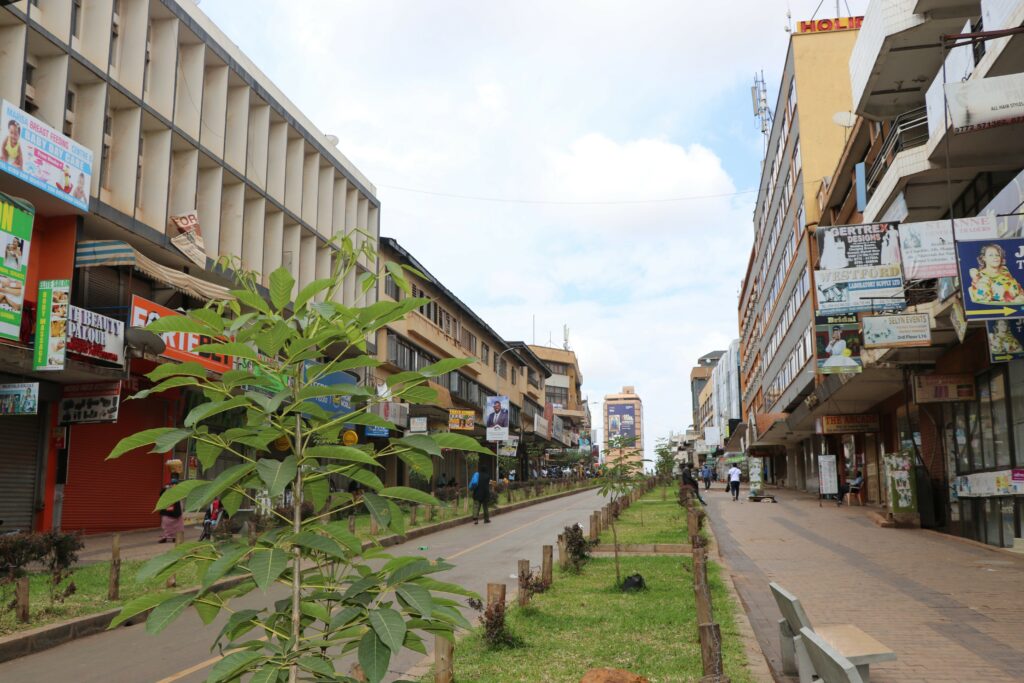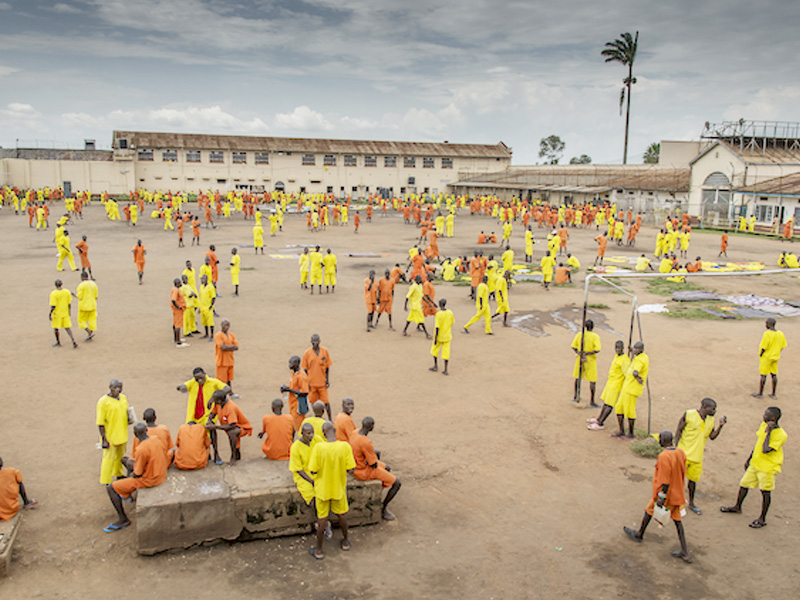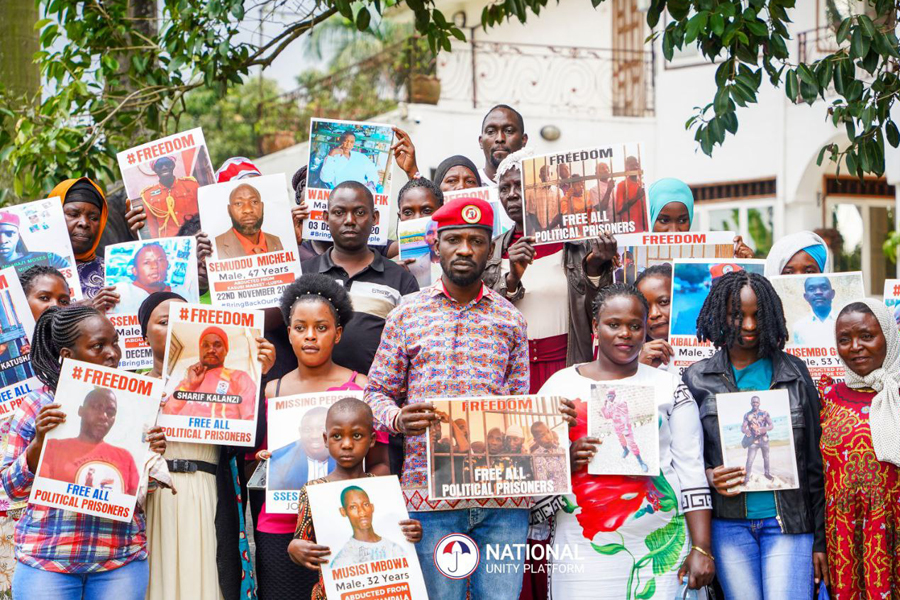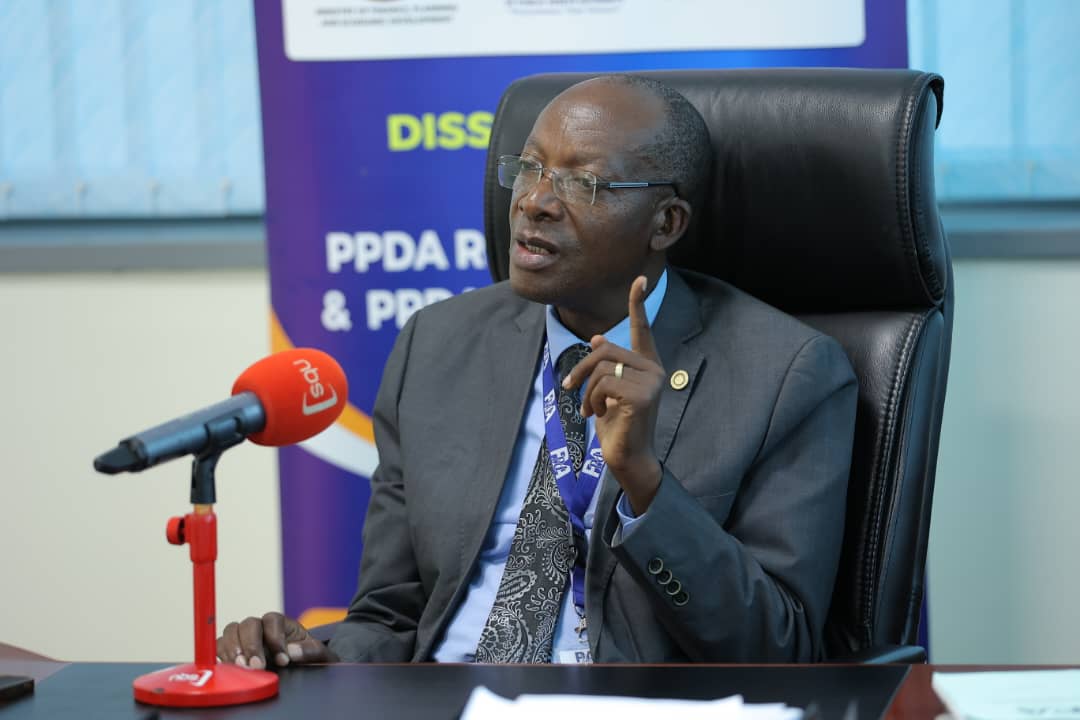Opinion: Counting the cost of Covid-19 in Uganda by the number
BY MACLEAN ATUHAIRE
Poverty is much more than a mere lack of money. It is also about deprivation in other important areas of wellbeing such as education, health, water, and housing. – World Bank; Uganda Poverty assessment 2016.
New research published by UNU-WIDER warns that there could be an increase in global poverty due to COVID19 by as much as 40 to 60 million people, 27 million of whom live in Sub Saharan Africa.
In Uganda, the impact of this pandemic is yet to be felt because, at even such an early stage, the troll it has taken on the economy is by far worse. With people losing their jobs and a drastic fall in commodity prices due to their diminishing demand, 19.7% or more of the country’s population is bound to live below the poverty line.
This pandemic has been a constraint on very many sectors and without them being fully functional, the country’s GDP is yet to drastically fall.
Agriculture and supply chains
Following the national lockdown, the food system’s demand and supply chains were affected. The food supply chain has experienced a labor shortage due to the governmental guidelines; a maximum of 2 people per truck making loading and offloading of foodstuff from farms and markets respectively difficult and time-consuming.
Additionally, activities on farms have also declined to adjust to the low market demand. This has increased the number of unemployed farmers that will eventually lead to other social problems.
Prices have also declined for most of the foodstuff due to a decline in exportation and diminishing internal demand. A tray of eggs that initially cost UGX10, 000/= to UGX12, 000/= before the lockdown now goes for as low as UGX9, 000/=.
The closure of restaurants, hotels, cafes, and other food places has also depressed plantain and milk sales with a drop in milk prices to as low as UGX1, 200/= per litre to a final consumer in Kampala.
With 70% of Ugandans being employed in this sector both directly and indirectly, the decrease in per capita income from agricultural produces will make poverty inevitable for many.
Tourism industry
Uganda has always been a tourist destination for many people from different parts of the world, making the tourism industry contribute as much as $1.6b towards the country’s GDP. The outbreak of COVID19 forced the entire world to go on lockdown to minimize the spread of the pandemic by minimizing human interactions. This has made Uganda’s tourism sector become the worst affected and very vulnerable because of this travel ban and restriction.
Flight travel and hotel bookings had to be canceled forcing the sector to operate on the bare minimum. With a sector employing more than 2 million Ugandans, their sustainability in terms of wages and salaries by their employers in this sector is still questionable. Very many resorts, hotels, and other tourist accommodation facilities have been forced to restructure their human resources by downsizing the number of employees leaving very many people temporarily or permanently unemployed. Without employment or any other source of income, how can a livelihood be sustainable?
Transportation and Logistics sector
This sector goes far beyond mere going about our day to day activities in our private vehicles or use of public transport such as taxis and boda bodas. It is important to note that all commodities on our market; essential or not have to go through a logistics chain from the producer to the final consumer.
Uganda is a landlocked country, the outbreak of COVID 19 has disrupted this industry to a great extent. As cases keep increasing at Uganda’s various international land borders, cargo trucks are stuck as health officials carry on with their work to contain the virus’ penetration into the country’s interior.
The importation of goods from countries like China that has been Africa’s leading business partner for years has slowed considerably making the availability of goods to many Ugandans twice as hard.
Public transportation has not been unaffected. Taxi, buses, coasters, and other means are operating at 50% capacity charging very high transportation fares that most people can barely afford. Unaffordability of goods or any service makes its demand drop thus losses to the business owners in the long run.
In conclusion, it is upon the government to implement policies that will ease the post-COVID19 burden off these sectors in most sustainable ways, which will eventually lower the poverty rate that is on the rise.













